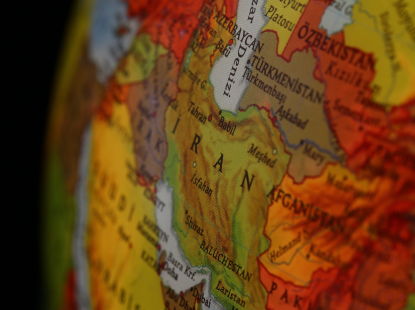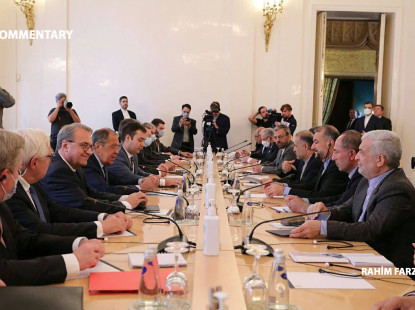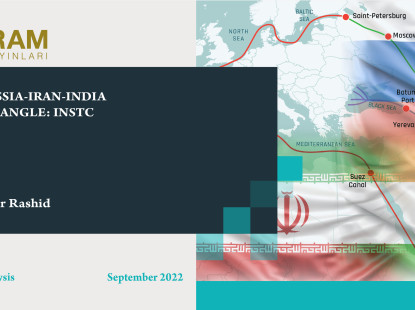Cooperation Between Iran and EU via INSTC
The International North-South Transport Corridor (INSTC) is a multilateral agreement signed in 2000 in St. Petersburg by the transport ministers of Iran, India and Russia. The INSTC agreement is currently, however, ratified by 13 countries, including Azerbaijan, Belarus, Bulgaria, Armenia, India, Iran, Kazakhstan, Kyrgyzstan, Oman, Russia, Tajikistan, Turkey, and Ukraine. The corridor is a 7200 km long multi-mode geoeconomic network of sea, rail, and road, which is also known as the connection point of trade between Asia and Europe, as well as North and South. The INSTC is a route that can convey cargo from Mumbai in India to Helsinki in Finland without using the Suez Canal.
It is worthnoting that there are generally two interpretations of the INSTC route. The first route or main route, initiated by Moscow, New Delhi and Tehran, connects Finland in Europe through Russia, Azerbaijan, and Iran to India in South Asia. The second route connects India to Eastern Europe through Iran, Armenia, Georgia, and the Black Sea. The first route has the necessary rail and road infrastructure to operate, and the first shipment of land transit from Finland to India passed through this route at the end of June 2021 to its destination.
The second route, which is mostly proposed and highlighted by Iran, is an alternative project to the first route, which has paved the way for indirect cooperation between Iran and the European Union (EU). The EU intends to invest approximately € 600 million within the framework of the Post 2020 Eastern Partnership to boost connectivity and socio-economic development– the north-south corridor in Armenia. Iran, in agreement with Armenia, is also scheduled to complete the construction of the Tatev-Aghvani road, an alternative road bypassing the Goris-Kapan stretch controlled by Azerbaijan. Although the goals of both sides may be different, it is obvious that the second route of INSTC has been established under the influence of recent geopolitical developments in the South Caucasus. In other words, the main purpose of EU investment in infrastructure projects on the second route in Armenia can be assessed in the context of diversifying transportation routes in the region. Iran also hopes to gain access to the European market using an alternative route, taking advantage of EU investments. However, what unites them in their ultimate goals is bypassing Turkey and Azerbaijan in geoeconomic transactions in the region.
Tehran's concern over the Zangezur Corridor, which connects Turkey to Azerbaijan through Armenia, can also be assessed in this regard. Zangezur disconnects Azerbaijan from Nakhchivan and Turkey and is the only border between Iran and Armenia, which Tehran considers an alternative route to Europe. Iran is concerned that with the implementation of the Zengezur corridor, the realization of the second INSTC route will be in trouble. Thus, the main reason for Iran's opposition to the Zengezur corridor is its serious concern about cutting off its land border with Armenia and, ultimately, an alternative route to Europe.
Overall, Iran, which believes it has been bypassed in many transit projects in the region, is seeking to create an alternative corridor through Armenia and Georgia to Europe. Therefore, it can be argued that keeping the land border with Armenia open is an excuse, and Iran's ultimate goal is to gain access to Europe. In addition, considering the recent developments in the South Caucasus, Iran is trying to maintain its geopolitical and geoeconomic influence in the region by cooperating directly with Armenia and indirectly with the EU.
- Tags:
- Armenia
- European Union
- INSTC
- Iran











